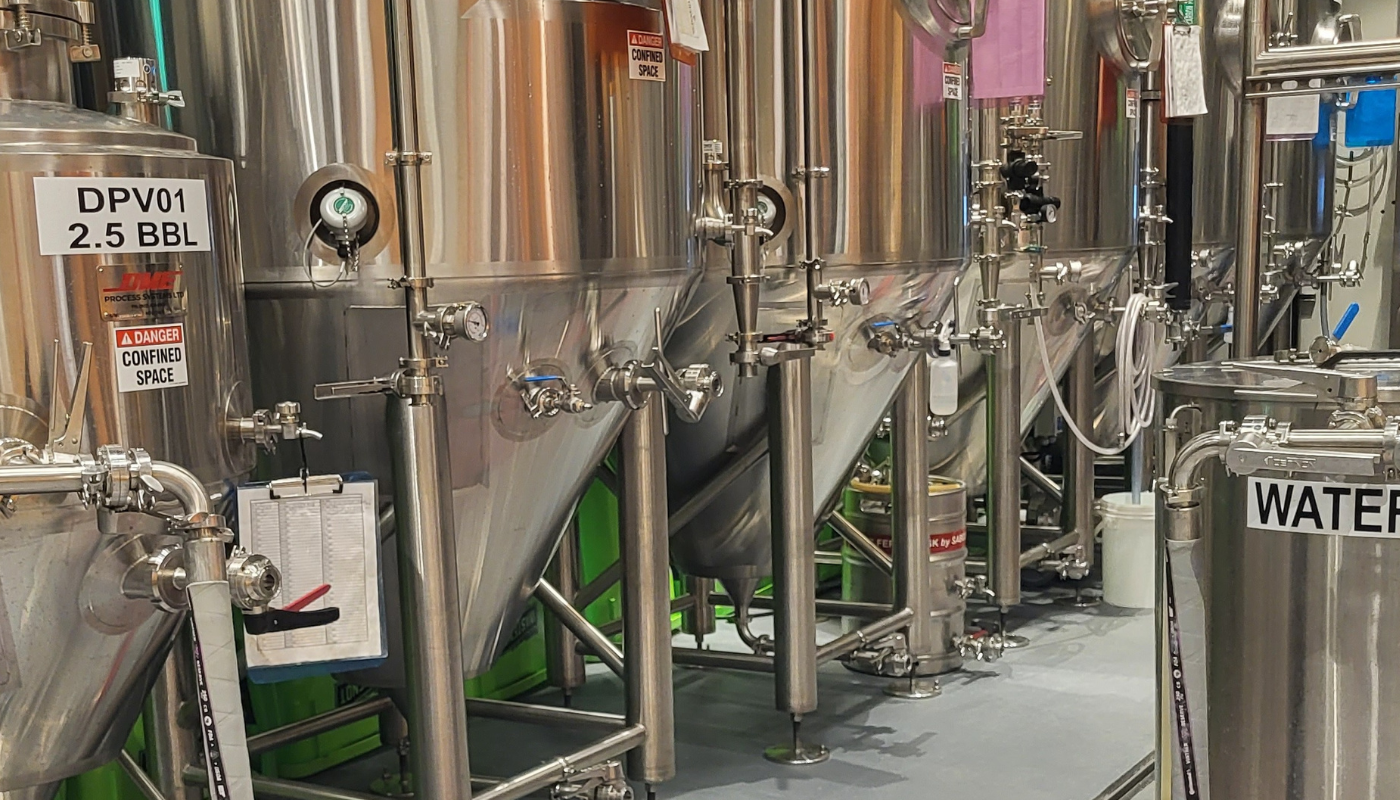Ask the brewing community about their software use, and get ready for a variety of answers. As technology works to keep up with the brewing industry, there are a lot of opinions from the folks who use the platforms day in and day out.
Companies like Ekos, Ollie, and Beer30 have worked to bring streamlined functionality to brewery operations. But just how no two pale ales are exactly alike, there are differences that exist among the companies, and how a brewery is run, its size, and its goals can also affect how the software is perceived.
All About Beer editor John Holl took to the ProBrewer forums and to social media to find out what software brewers liked and why. What do they like about what they are using and what could be better?
The responses ran the gamut.
“Beer30 all the way,” wrote brewer James Waters. “My company got lucky and got a free trial then the next day Ekos upped their yearly fee, yet every update Ekos did just made it worse.”
Josh Kauffman of Väsen Brewing Co. agrees with the Beer30 praise.
“It’s modular, intuitive, affordable, and scalable,” he says.
And in true brewing fashion, some have taken the DIY approach.
I use a very large very detailed google sheet that can be updated from anywhere, without paying extra user fees,” says Zac Rissmiller, the managing partner and head brewer at 1623 Brewing Co. in Colorado. “Plus I programmed it to do exactly what we need.”
One brewers software Journey
Thomas Vincent, the head brewer at North Carolina’s Hatchet Brewing has software on the mind and considered several options before settling on his current choice.
Hatchet Brewing is on track to brew 850 barrels this year, with roughly 300 barrels sold directly from the taproom and the rest in distribution. The company splits its distribution between self-distro (70%) and Healy Wholesale in Fayetteville, NC. The brewery is opening a second taproom in Selma, about 30 minutes southeast of Raleigh, NC, in Spring 2024.
Originally Vincent was using Ekos, a platform he first used roughly eight years ago while at a different brewery.
“I had noticed in that gap the desktop side had made improvements on ease of use, but the system still would often give you hard stops,” he says. “If Ekos didn’t think you had the item in inventory it wouldn’t let you proceed. So, for instance I received a malt order and wanted to brew that day, until the purchase order went live Ekos I may not be able to enter an active beer.”
Last year due to the price hike in Ekos, Vincent says the brewery considered Beer30 and Ollie, and ultimately went with Ollie due to features for the brewery’s sales staff.
“When Ekos did their price hike, they didn’t send out a personalized letter, it was a mass mailing,” he says. “It gave the impression of not caring about the customer.
Because Ollie is operated by Untappd Vincent said that he believed the brewery’s expectations were higher than the company was ultimately able to meet.
The “program lacked certain data fields for North Carolina state reporting,” he says. “We reported the problem during on-boarding and they were never resolved.”
Then about four months into using Ollie, the customer service representative that was assigned to Hatchet Brewing left the company and Vincent says subsequent support requests were never resolved.
“In addition Ollie is two separate programs so every end product that is created needs to completed twice, once in Ollie Op and once in Ollie order,” he says noting that Ollie didn’t have an issue with the hard stops that Ekos did. He says that both Ekos and Ollie feature a graphical use interface (GUI), click and drag feature that is nice and that he enjoyed using.
With the Ollie issues stacking up for Hatchet, Vincent says he moved the brewery to Ohanafy. Despite some challenges with on boarding that included some issues with keg deposits, credit, and format on invoicing, he says the brewery was ultimately “fairly satisfied.”
“Ohanafy is based on salesforce software, so it has an amazing amount of features and when it hasn’t had something like the data field I mentioned in Ollie, the Ohanafy staff was able to create a solution in an afternoon.”
He says that during the first few months of use the brewery had a weekly standing meeting to review problems, but that has been reduced to monthly calls.
“It’s not perfect, I’d like that GUI interface to go live,” he says. “They have had good customer service so I think this will be our solution moving forward.”
